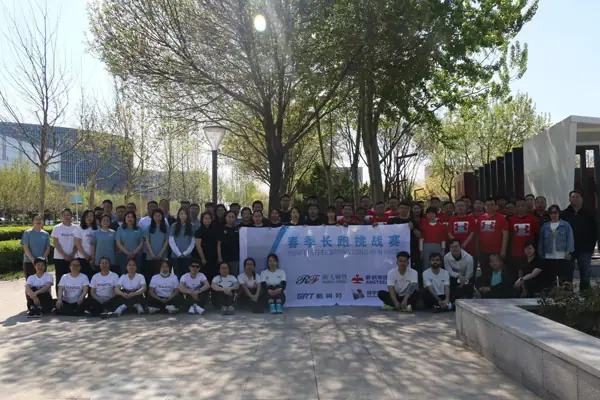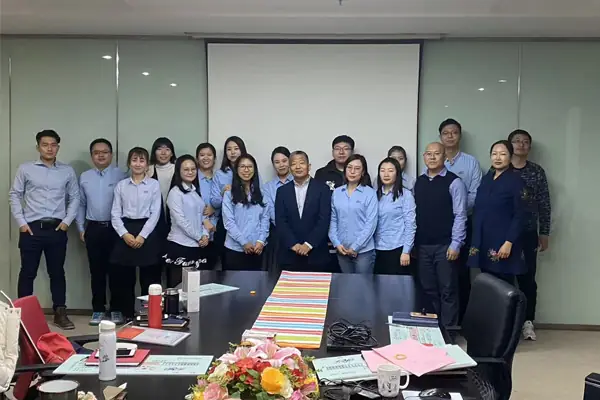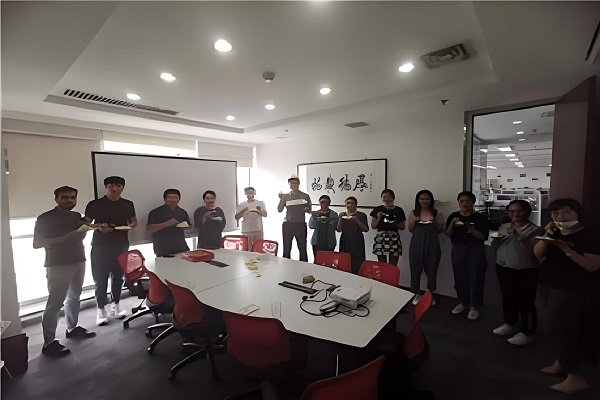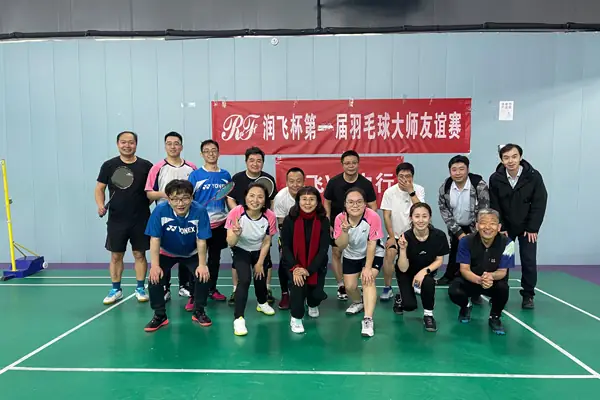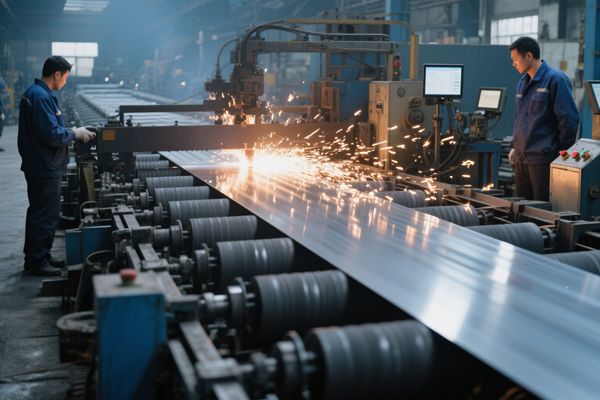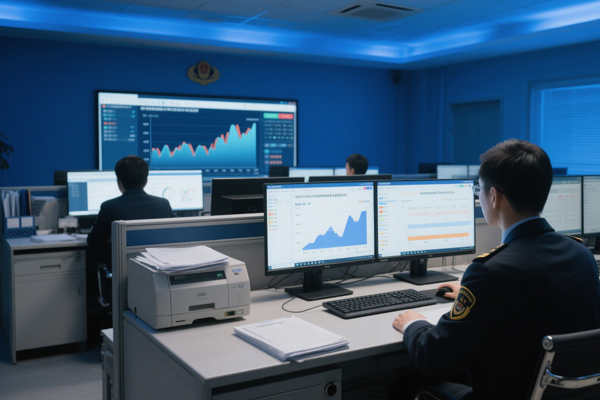Roofing Sheet Recommendations for Coastal and Hot Climates: PPGI/PPGL
In coastal towns where the air hums with salt spray, and in deserts where the sun scorches the earth, roofs face a relentless assault. Traditional materials—thin galvanized steel, uncoated aluminum—crumble under the dual onslaught of corrosion and heat, leaving homeowners and businesses with costly repairs. Enter PPGI (Pre-Painted Galvanized Iron) and PPGL (Pre-Painted Galvalume), engineered roofing sheets that redefine resilience. That PPGI/PPGL is not merely a roofing option but the only viable choice for coastal and hot climates, combining cutting-edge coating technology with unmatched durability to outlast, outperform, and outsave its rivals.
Coastal climates breed corrosion. Salt-laden winds eat away at unprotected steel, turning roofs into brittle skeletons within years. Conventional galvanized steel (GI) offers scant protection: its thin zinc layer (120–200g/m²) succumbs to salt penetration, leaving scratches and dents to rust unchecked. PPGI/PPGL, however, deploys a 55% aluminum-zinc alloy coating (275g/m² or more), creating a self-healing barrier. When scratched, zinc oxidizes to seal the wound, halting rust. In Florida, a 10-year study found PPGI roofs on beachfront warehouses remained rust-free, while GI counterparts required replacement by year seven.
Hot climates pose a different enemy: heat. Intense UV radiation fades paints, warps materials, and drives thermal expansion—cracking roofs over time. Aluminum roofing, though reflective, dents under heat stress, and uncoated steel blisters. PPGI/PPGL answers with PVDF (polyvinylidene fluoride) paints, which reflect 80% of UV rays, slashing heat absorption by 30%. Their coatings bond at a molecular level, expanding and contracting with the steel to prevent delamination. In Dubai, industrial complexes using PPGL reported 15% lower cooling costs, as the reflective surface turned roofs into natural heat shields.
Critics decry PPGI/PPGL’s upfront cost—50/sq.m versus 30/sq.m for GI. Yet this ignores lifecycle value: PPGI lasts 25+ years, while GI demands replacement every 10. Over 25 years, GI costs 100/sq.m; PPGI? Just 50. For cash-strapped communities and businesses, this is not an expense—it’s an investment in permanence.
Conclusion:
Coastal and hot climates demand more than temporary fixes; they require roofing that endures. PPGI/PPGL delivers this with its corrosion-fighting alloys, UV-defying paints, and cost-efficient longevity.

